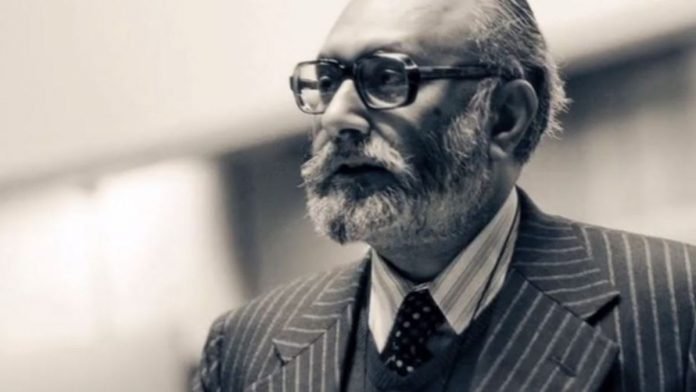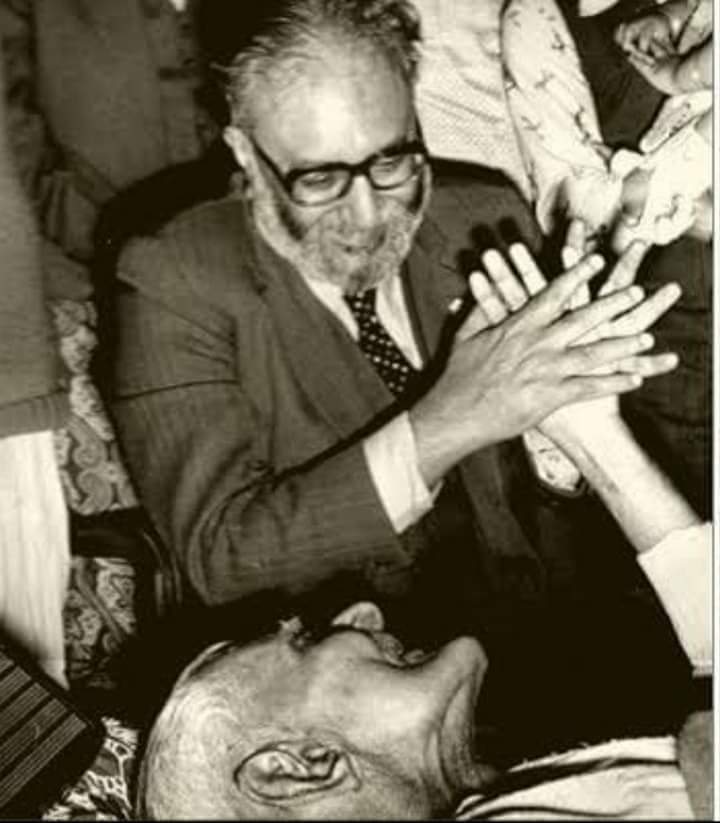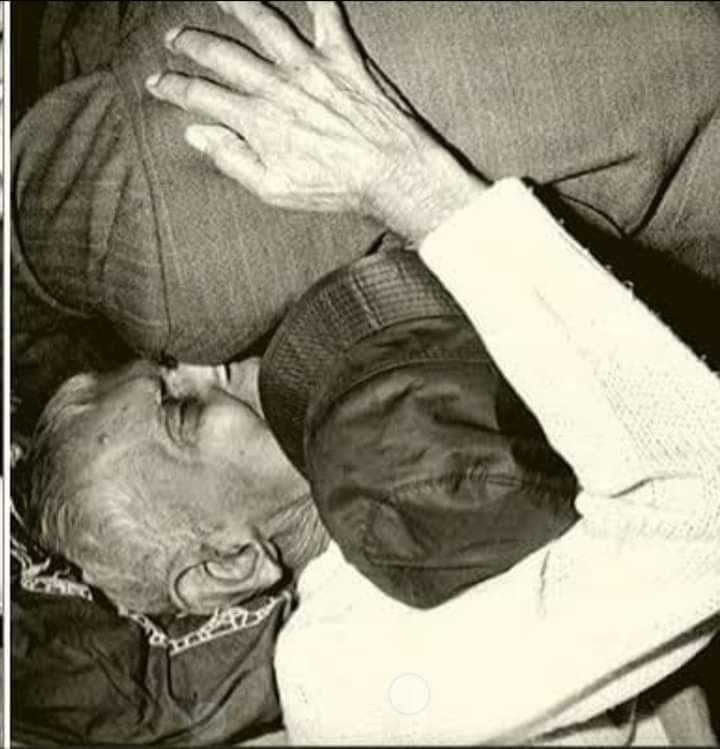Dr. Abdus Salam was a Pakistani theoretical physicist who, in 1979, shared the Nobel Prize in Physics with US physicists Steven Weinberg and Sheldon Glashow for their groundbreaking research on the “electroweak unification theory.” Dr. Salam is the first Pakistani scientist to win the honorable Nobel Physics Prize.

From early on, Salam’s intelligence was visible; at the age of 14, he earned the highest marks in the Matriculation Examinations ever recorded during his time at the University of Punjab. Therefore, he was offered a scholarship by Government College Lahore in 1940 when he was 16. Salam’s humble upbringing was such that upon entering Lahore, a larger, more urbanized city, he saw an electric lightbulb for the first time in his life.
Three years later, In 1943, he published a scientific paper titled “A Problem of Ramanujan,” in which he solved a mathematical problem attempted by Ramanujan, who was considered a genius and prodigy in the realm of mathematics at that time, making this accomplishment quite a feat
Soon, his interest in Physics became evident, and he earned his Bachelor of Arts in Mathematics and Physics in two years, contrary to the three-year standard. He then completed his Ph.D. in theoretical physics at Cambridge, receiving a scholarship to attend the university. Soon, his interest in Physics became evident, and he earned his Bachelor of Arts in Mathematics and Physics in two years, which was contrary to the standard of three years. He then completed his Ph.D. in theoretical physics at Cambridge, receiving a scholarship to attend the university.
Dr. Abdus Salam received the Nobel Prize for Physics, shared with Steven Weinberg and Sheldon Glashow in 1979 “for their contribution to the theory of the unified weak and electromagnetic interaction between elementary particles, including the prediction of the weak neutral current”. Though all of them shared the Nobel Prize, each independently researched this topic. Dr. Abdus Salam conducted this research in the 1960s at the Imperial College of Science and Technology.

A Noble Gesture
After winning the Nobel Prize in 1979, Dr. Abdus Salam requested the Indian government to find Professor Anilendra Ganguly, who had taught him mathematics in the pre-partition era at the Sanatan Dharma College in Lahore.
He had to wait for two years to meet his teacher and finally came to India on 19 January 1981 to pay his respects to Prof. Ganguly, who had shifted to Kolkata after the independence.
Prof. Ganguly was feeble and unable to even sit up and greet him when Dr. Salam visited him at his house. Dr. Salam took his Nobel medal and said ‘Sir, this medal is a result of your teaching and love of mathematics that you instilled in me.”
He then put the medal around his teacher’s neck and said, “This is your prize, Sir. It’s not mine.”

The gesture for his teacher by the Pakistani scientist was truly defying the barriers of nations and religions that had grown after the partition. It was the ultimate tribute to a teacher that went far beyond the borders of the nations.
Similar Posts: Remembering Dr. Salam: A meritorious journey to becoming the best in science

